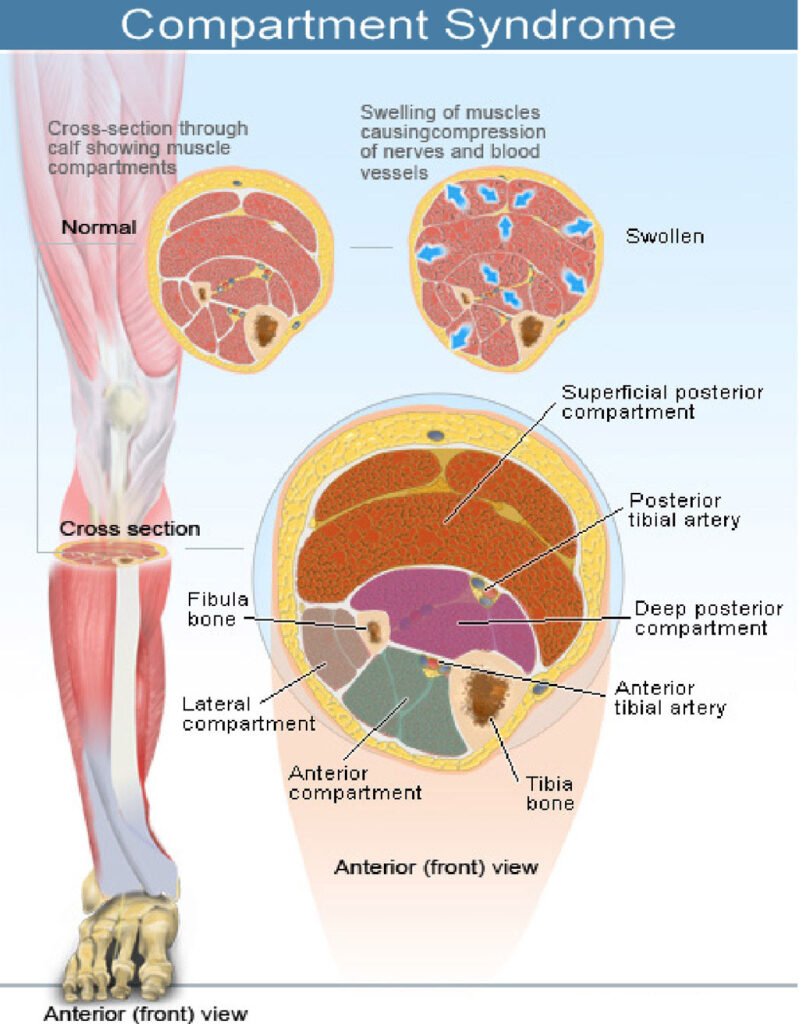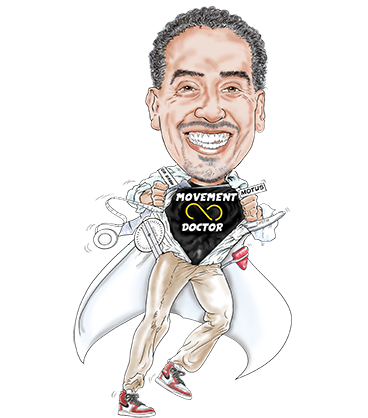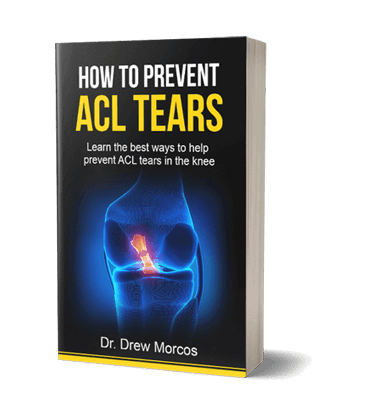Compartment Syndrome
Leg Compartment Syndrome
If you’ve never heard of leg compartment syndrome before, you’re not alone. It’s a relatively rare condition, but it can be serious if left untreated. This guide will give you all the information you need to know about leg compartment syndrome, including what causes it, symptoms, and treatment options. So read on to learn more!

Leg Compartment Syndrome: An Overview
Leg compartment syndrome is a condition in which the muscles and nerves in the leg are compressed, leading to pain, numbness, and weakness. The condition is often caused by an injury, such as a car accident or a fall. It can also be caused by prolonged periods of immobility, such as being bedridden after surgery.
The muscles and nerves in the leg are contained within a space called the compartment. When the compartment is damaged or injured, it can cause the muscles and nerves to become compressed. This can lead to severe pain, numbness, weakness, and even paralysis. If left untreated, leg compartment syndrome can be debilitating and even life-threatening.
Types of Leg Compartment Syndrome
There are three types of leg compartment syndrome: anterior, posterior, and lateral. Anterior compartment syndrome occurs when the muscles in the front of the lower leg swell. Posterior compartment syndrome happens when the muscles in the back of the leg swell. Lateral compartment syndrome is when the muscles on the sides of the leg swell.
Compartment syndrome can be either acute or chronic. Acute compartment syndrome is a medical emergency that requires immediate treatment. Chronic compartment syndrome is a less severe form that can be treated with rest, ice, and elevation.
If left untreated, all forms of leg compartment syndrome can lead to serious complications such as muscle damage, nerve damage, and even amputation.

Causes of Leg Compartment Syndrome
There are many possible causes of leg compartment syndrome, but the condition most often occurs as a result of an injury or trauma to the leg. Other possible causes include:
-A blood clot in the leg
-Excessive bleeding from an injury
-Burns
-Infection
-Prolonged immobility

Diagnosis for Leg Compartment Syndrome
Several tests may be used to diagnose compartment syndrome, including:
- Physical examination.
Your doctor will check for pain, tenderness, swelling and stiffness in the affected area.
- Blood tests.
These may be done to check for signs of muscle damage or inflammation.
- Nerve conduction studies.
These tests measure the electrical activity of your nerves and muscles to check for nerve damage.
- Magnetic resonance imaging (MRI).
This test uses powerful magnets and radio waves to create detailed images of your muscles and nerves.

Treatment for Leg Compartment Syndrome
If you have traumatic acute compartment syndrome, you will need surgery to relieve the pressure in your muscles. The type of surgery will depend on how severe your condition is.
If you develop acute traumatic compartment syndrome, your surgeon may make a small incision (cut) in your skin and muscles to allow the pressure to release. This procedure is called a fasciotomy.
If you have severe compartment syndrome, you may need to have surgery to release the pressure in the affected area. This procedure is called a fasciotomy. During a fasciotomy, the surgeon will make an incision in your skin and muscles to relieve pressure. In some cases, you may need to have more than one fasciotomy.
After surgery, you will likely need to stay in the hospital for a few days. You will also need physical therapy to help you regain strength and function in your affected limb.

Complications associated with Leg Compartment Syndrome
There are a number of potential complications associated with chronic exertional compartment syndrome, including:
* Muscle and nerve damage:
This can occur if the condition is left untreated, as the increased pressure within the affected muscle compartment can cause damage to the muscles and nerves. This can lead to weakness, numbness and paralysis in the affected limb.
* Permanent disability:
In severe cases, leg compartment syndrome can result in permanent disability.
* Amputation:
In some cases, amputation may be necessary if the condition is not treated quickly enough and the tissue damage is too severe.
If you think you may be suffering from leg compartment syndrome, it is important to seek medical help immediately. Early diagnosis and treatment is essential to avoid any potential complications.
Risk Factors for Leg Compartment Syndrome
There are several risk factors that may predispose an individual to developing compartment syndrome in the leg. These include:
-Direct trauma or injury to the leg, such as a fracture or crush injury
-Burns
-Prolonged immobilization of the leg, such as after surgery
-Excessive exercise or physical activity
-Dehydration
-Certain medical conditions, such as diabetes mellitus or rhabdomyolysis
Compartment syndrome is a serious condition that can lead to permanent damage to the muscles and nerves of the affected limb. If you suspect that you or someone else has compartment syndrome, it is important to seek medical attention immediately.

Tips to prevent Leg Compartment Syndrome
-If you are at risk for developing leg compartment syndrome, there are some things that you can do to help prevent the condition.
-Wear loose fitting clothing and avoid constrictive clothing or shoes.
-Elevate your legs when possible, and avoid sitting or standing for long periods of time.
-Exercise regularly to maintain good blood flow in your legs.
-If you have an injury or surgery, follow your doctor’s instructions for recovery and rehabilitation.
-Be sure to monitor any pain or unusual symptoms in your legs, and report them to your doctor immediately.
If you have any symptoms of a sports hernia, such as pain or tenderness in your groin, see your doctor. Early diagnosis and treatment is important to help prevent further damage to the muscles and tendons in your groin.
Frequently Asked Questions about Compartment Syndrome
Acute compartment syndrome occurs when the tissues in a particular area of the body become severely swollen or inflamed. This can happen as a result of an injury, surgery, or other medical conditions. The swelling in leg or abdominal compartment syndrome puts pressure on the nerves and blood vessels in the area, which can lead to pain, numbness, and even paralysis.
Anyone can develop advanced acute compartment syndrome, but it is more common in people who have sustained a traumatic injury, such as a car accident or sports injury. People who have undergone surgery are also at increased risk.
The most common symptom of compartment syndrome is pain. The pain is often described as a dull ache that gets worse with time. Other symptoms may include:
- Numbness
- Tingling
- Weakness
- Paralysis
Compartment syndrome is usually diagnosed based on the symptoms. Your doctor may also order tests, such as an MRI or CT scan, to confirm the diagnosis.
The treatment for compartment syndrome depends on the severity of the condition. To treat acute compartment syndrome, many times no treatment is necessary as the swelling will go down on its own. However, if the swelling does not improve, you may need surgery to relieve the compartment pressure on the nerves and blood vessels.
The long-term effects of chronic compartment syndrome depend on the severity of the condition and how quickly it is treated. In some cases, the damage to the nerves and blood vessels can be permanent.
There is no sure way to make sure that you don’t develop acute compartment syndrome, but you can reduce your risk by wearing protective gear when participating in activities that could cause an injury.
Have you been injured at some point in your journey?
Are you not achieving your highest level of function?
We’ve helped hundreds of people at all walks in life
get back to performing their best painfree!
3 Ways to Level Up Your Rehab and Injury Prevention With Us





